In a world teeming with chemicals and pesticides, a natural approach to pest control might seem like a distant dream. But it doesn’t have to be.
By attracting beneficial insects to your garden, you can create a thriving ecosystem that keeps pests at bay. These helpful insects come in various forms – pollinators, predators, and parasites – each playing a crucial role in maintaining the balance of your garden’s ecosystem.
In this article, we delve into the importance of these beneficial insects, explore examples of each type, and unveil twelve strategies for attracting them to your garden — ultimately paving the way for a flourishing, sustainable garden that benefits both you and the environment.
Keep reading!
What Are Beneficial Insects?
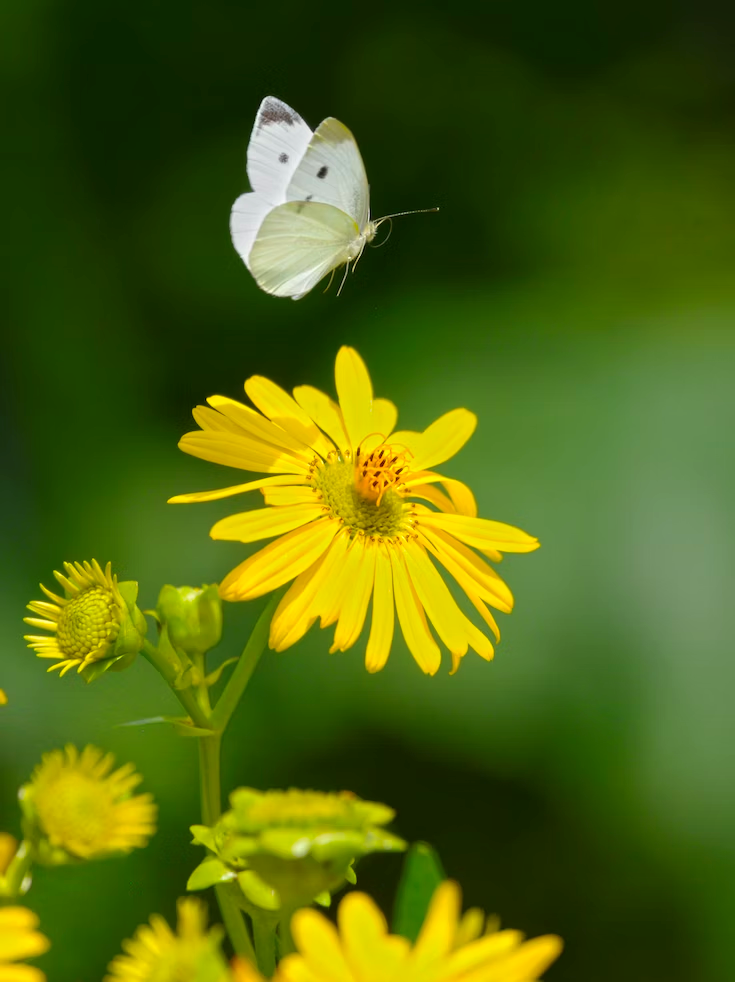

Beneficial insects can be divided into three main categories, each of them having its unique and ingenious purpose. Let’s take a closer look at them:
Pollinators, such as bees, butterflies, and hoverflies, are essential for the reproduction of many plants. They transfer pollen from one flower to another, facilitating fertilization and seed production. Without these tireless workers, your garden would struggle to grow fruits and vegetables or enjoy the vibrant colors of blooming flowers.
Furthermore, pollinators contribute significantly to global food production, making their preservation vital for human survival.
Predators actively hunt and consume pests that can wreak havoc on your garden. Examples of these voracious hunters include ladybugs, lacewings, and praying mantises. As they feed on aphids, mites, caterpillars, and other destructive insects, predators help keep their populations under control.
This natural form of pest management reduces the need for harmful chemical pesticides and contributes to a healthier environment for both plants and humans.
Parasites are another group of beneficial insects that aid in controlling pest populations. Parasitic wasps and tachinid flies are two prime examples.
These insects lay their eggs on or inside host pests such as caterpillars or beetles. As the eggs hatch and larvae develop, they feed on their host, eventually killing it.
Although parasitic insects may seem gruesome to some, they are invaluable allies in keeping garden pests at bay.
By understanding the roles that pollinators, predators, and parasites play in your garden’s ecosystem, you can work towards creating an environment that supports and attracts these beneficial insects. We explore them in greater detail in our guide to beneficial insects — don’t overlook it!
Related: The Good, the Bugs, and the Bountiful: A Guide to Beneficial Insects in Your Garden
Now, let’s get to work! So, how can you attract these garden guardians?
Plant Diversely
Creating a diverse garden not only enhances its beauty but also supports a wide range of beneficial insects. Here are a few types of plants that will help you achieve just that:
Insect-Friendly Plants
To attract beneficial insects, you need to provide them with food sources and habitats. Planting a diverse range of insect-friendly plants is key to creating a garden that supports these helpful critters.
Some of the best flower families for attracting beneficial insects include:
Asteraceae (Aster Family)
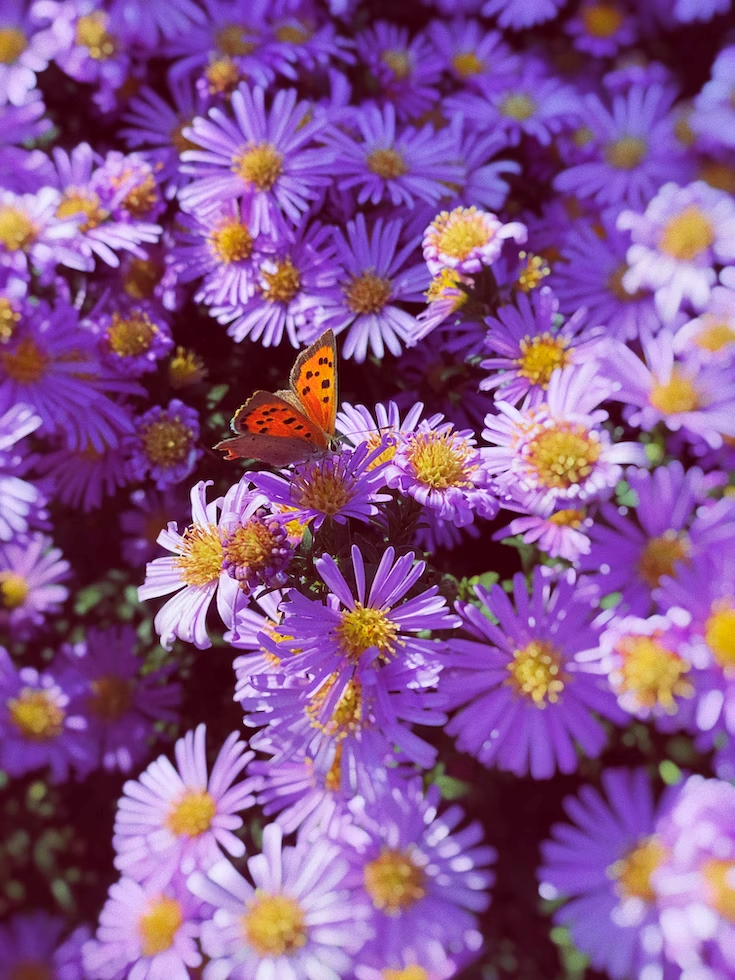
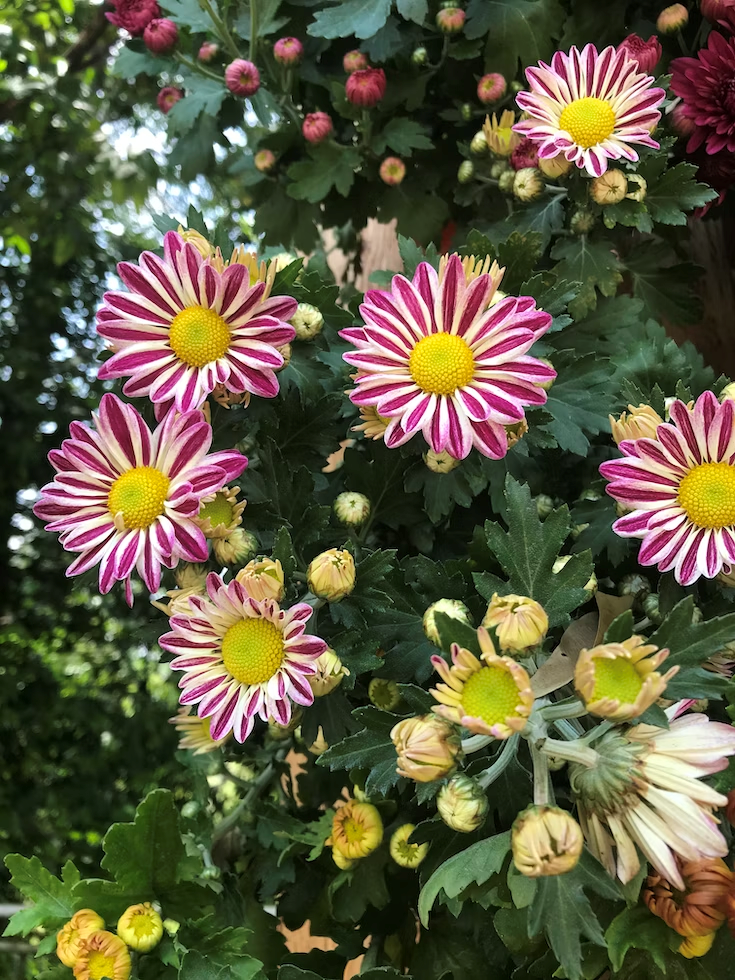
The Asteraceae family is one of the largest flowering plant families, boasting over 2,500 species, including daisies, sunflowers, and asters.
Characterized by their composite flower heads made up of numerous tiny florets surrounded by showy petals, these plants provide abundant pollen and nectar for pollinators such as bees and butterflies. They also serve as host plants for various predatory insects like ladybugs and lacewings.
Apiaceae (Carrot or Parsley Family)
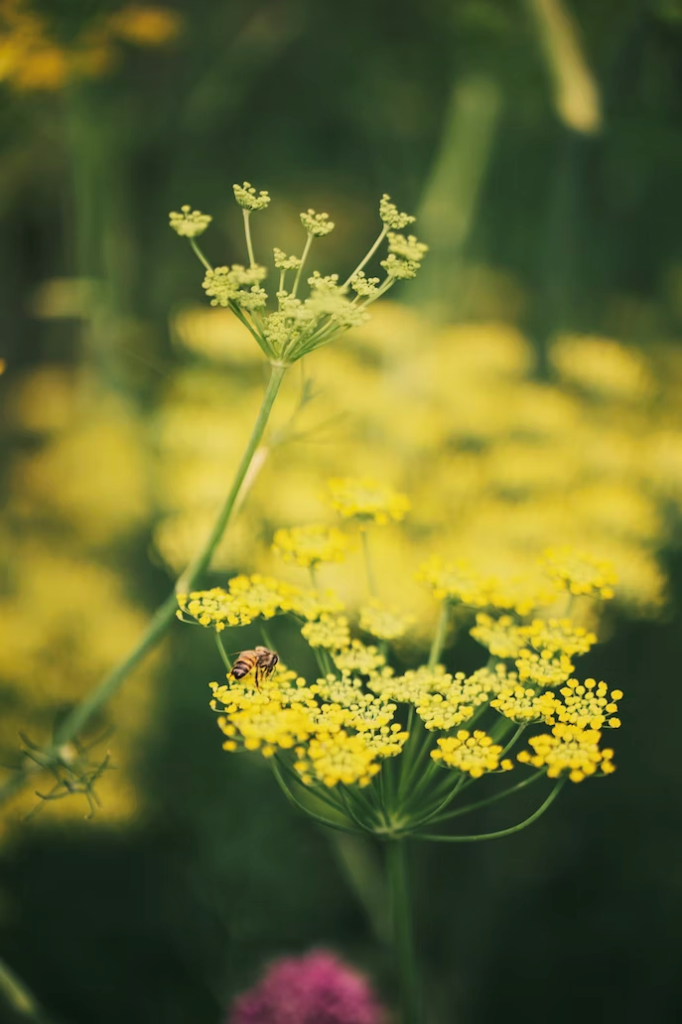

The Apiaceae family consists of aromatic plants with feathery, fern-like leaves and umbrella-shaped clusters of small flowers. Commonly known as the carrot or parsley family, this group includes familiar edibles such as carrots, celery, and dill, as well as ornamental plants like Queen Anne’s lace.
These plants are highly attractive to beneficial insects like wasps and hoverflies due to their rich nectar and pollen sources. As such, allowing some of your carrot plants to flower can be an effortless way to support parasitic wasps and other natural enemies of pests.
Lamiaceae (Mint, Deadnettle, or Sage family)
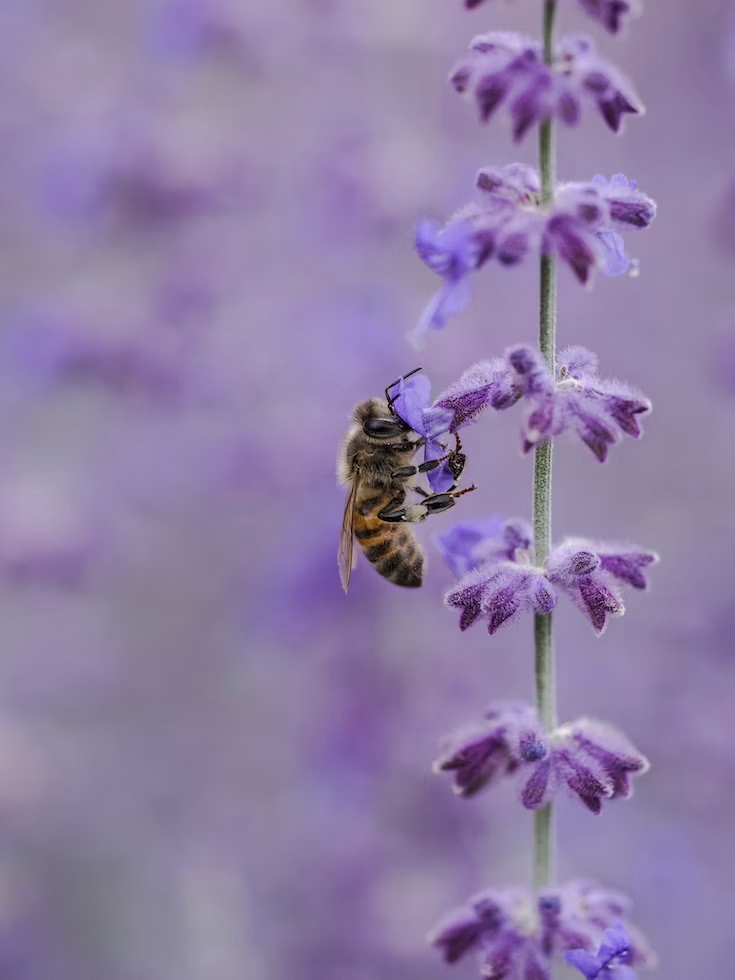
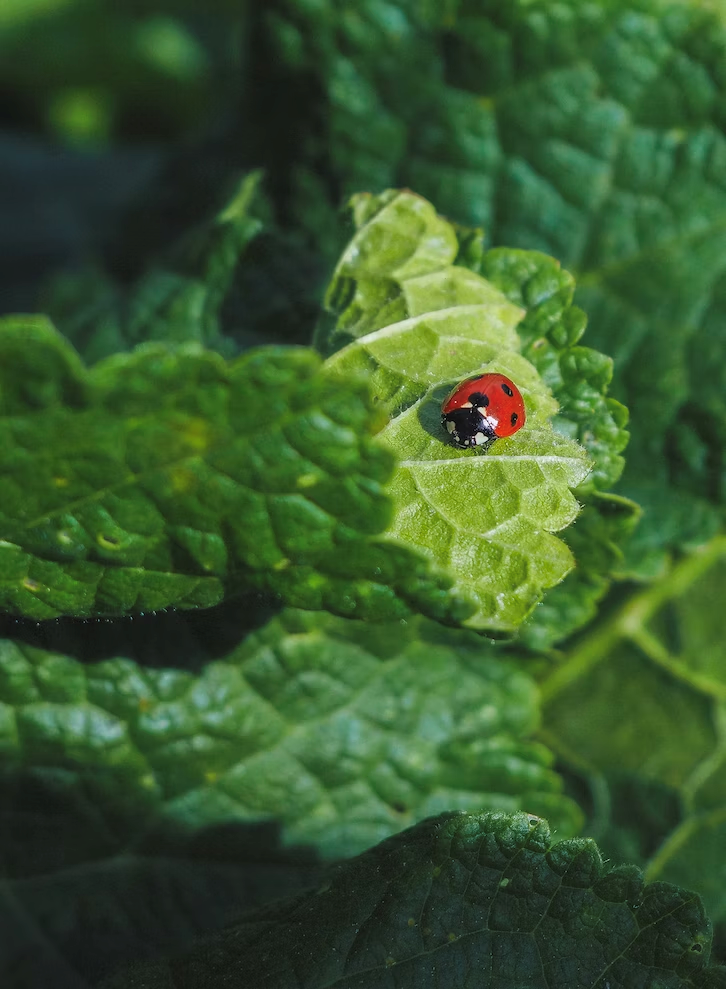
The Lamiaceae family comprises a diverse group of aromatic plants characterized by their square stems and opposite, often fragrant leaves. This family includes well-known herbs such as mint, basil, lavender, rosemary, and thyme, as well as ornamental species like salvia and catmint.
The flowers in this family are typically tubular or bilabiate, offering rich nectar sources that attract a wide range of pollinators such as bees, butterflies, and hummingbirds. Additionally, many Lamiaceae plants serve as host plants for predatory insects that help control garden pests — for instance, mint attracts hoverflies and predatory wasps, while lavender lures bees and butterflies.
Fabaceae (Legumes)
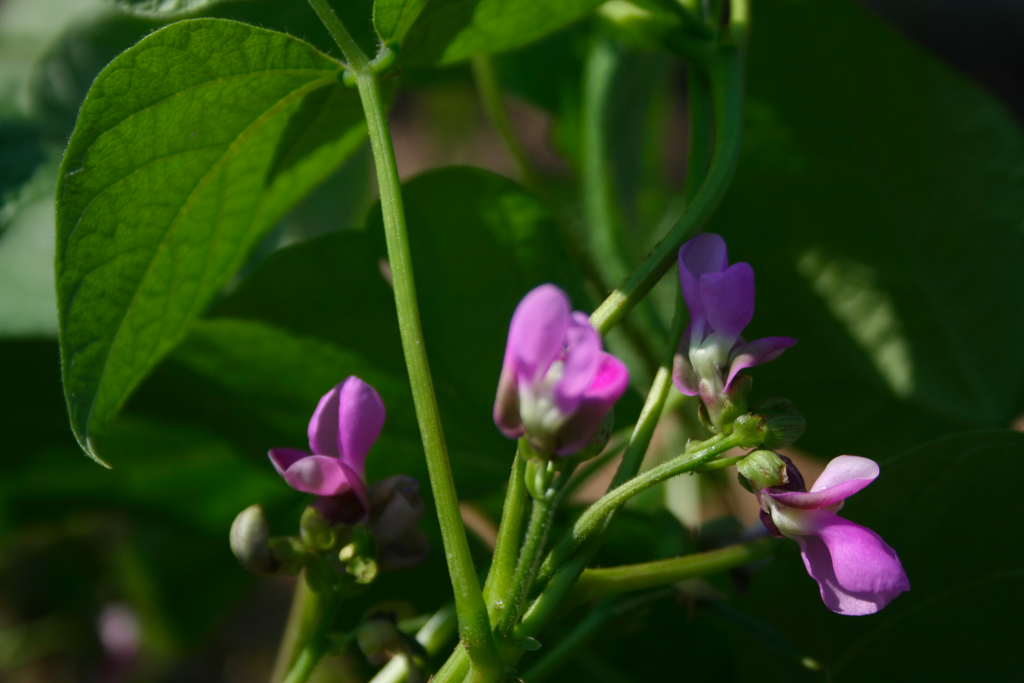
The Fabaceae family, also known as the legume or pea family, is another diverse group of plants, including beans, peas, clovers, and lupines. Their distinct flowers, often resembling butterfly wings, come in a wide range of colors and sizes.
Legumes play a crucial role in improving soil fertility through nitrogen fixation and provide nectar-rich flowers that attract bees and other pollinators.
Brassicaceae (Mustard Family)
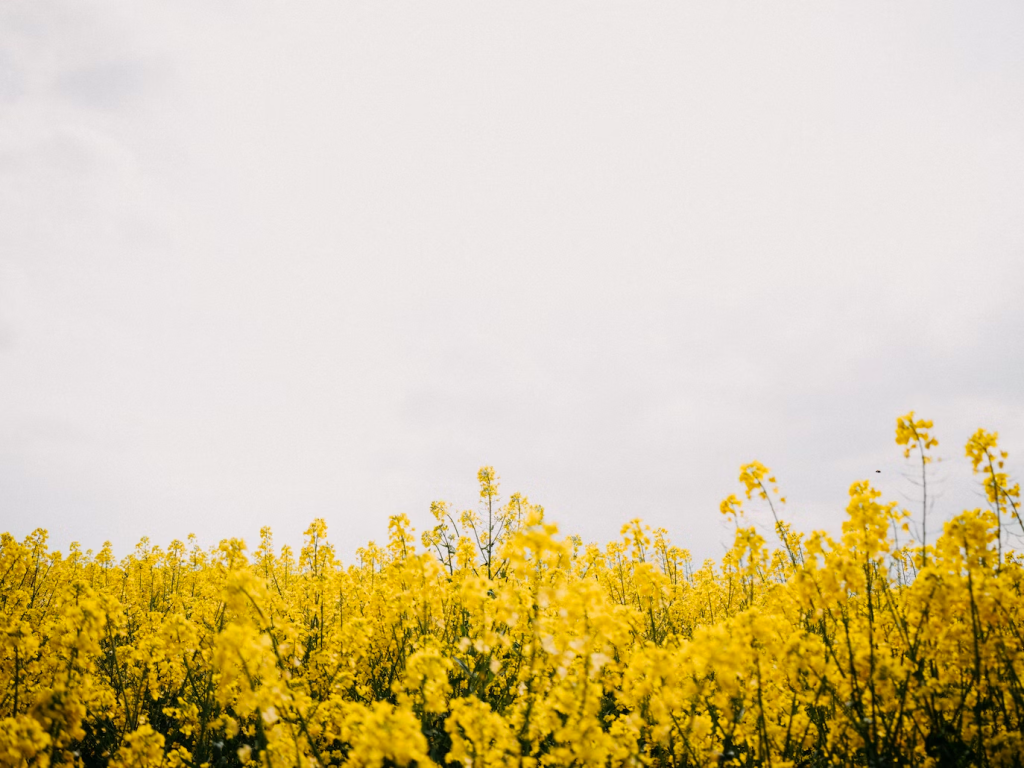
The Brassicaceae family encompasses a variety of plants commonly known as crucifers or mustards due to their cross-shaped flowers. This group includes vegetables such as cabbage, kale, and broccoli, as well as ornamentals like Alyssum and Dame’s Rocket.
Brassicaceae plants provide an essential food source for pollinators like bees and butterflies while also serving as host plants for predatory insects like wasps that help control common pests like caterpillars and aphids.
Related: Unwrapping the Layers: An In-Depth Guide to Cabbage Growth Stages
Verbenaceae (Verbena Family)
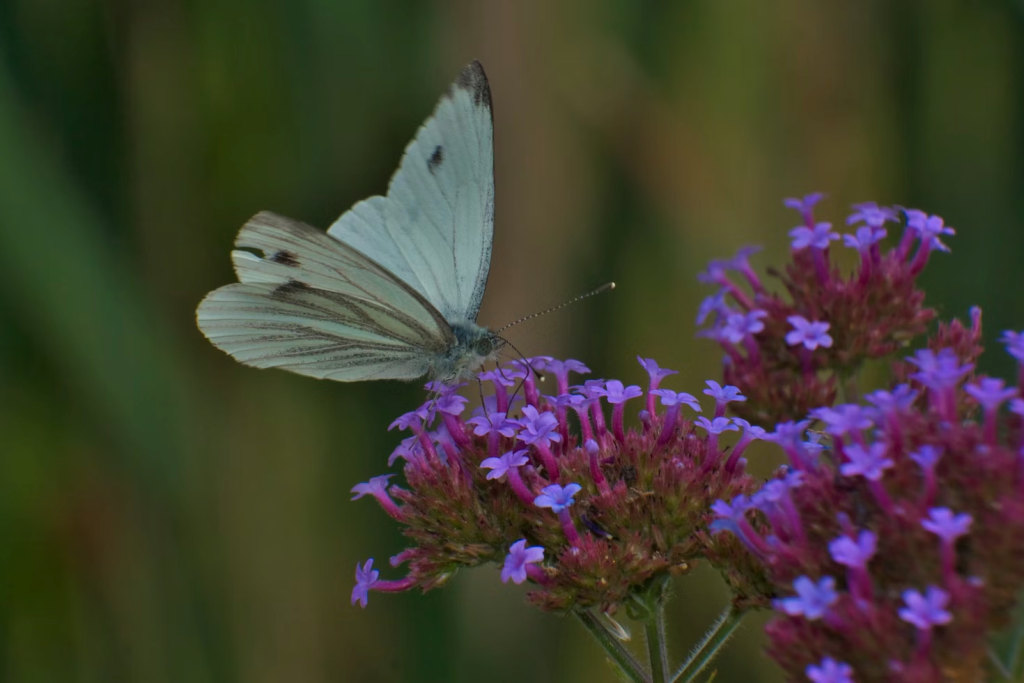
The Verbenaceae family features a diverse collection of plants characterized by their tubular flowers, which are often borne in spikes or clusters. Among the most popular members of this family are verbena, lantana, and lemon verbena.
These plants are beloved by pollinators such as bees, butterflies, and hummingbirds due to their nectar-rich blooms and vibrant flower colors.
Hardy Natives

Native plants are well-adapted to your local environment, making them great choices for attracting native beneficial insects. They often require less water and are more resistant to diseases and pests than non-native species.
Choose plants that naturally grow in your area; they will not only attract helpful insects but also support local biodiversity.
For example, if you live in North America, consider planting milkweed to attract monarch butterflies or goldenrod to lure various pollinators and predatory insects.
Wildflowers
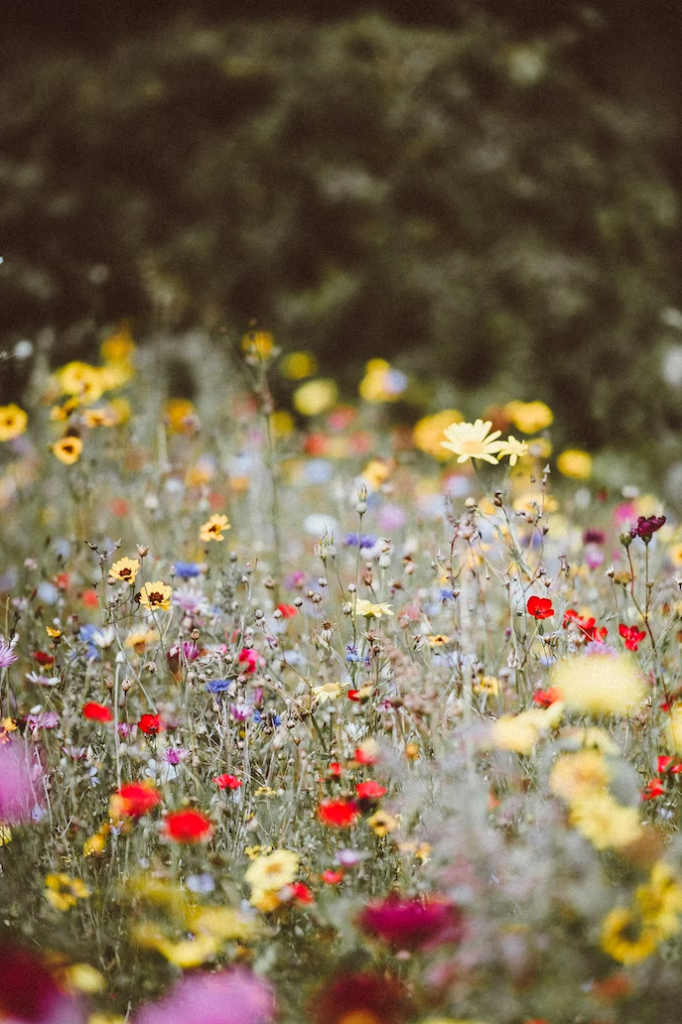

Wildflowers are an excellent choice for increasing the diversity of your garden and providing habitats for beneficial insects. Wildflower meadows or borders can attract pollinators, such as bees and butterflies, while also providing cover and nesting sites for predatory insects like hoverflies and lacewings.
When creating a wildflower area, opt for a mix of species that bloom at different times throughout the growing season to ensure a continuous food supply for beneficial insects. Some popular wildflowers to include are cosmos, zinnias, and poppies.
By incorporating these plant groups into your garden design, you’ll be well on your way to creating an inviting space for beneficial insects and reaping the rewards of a healthier ecosystem.
Employ Companion Planting
Companion planting is the practice of placing plants together that provide mutual benefits, such as pest control, improved growth, or enhanced flavor. This method harnesses the natural interactions between plants to create a more resilient and productive garden ecosystem.
Here are some practical examples of companion planting combinations that promote a healthy garden:
- Marigolds and tomatoes. Marigolds release a scent that repels harmful insects like nematodes and whiteflies, protecting your tomato plants. Additionally, they attract beneficial insects, such as ladybugs and hoverflies, which help control pests.
- Basil and peppers. Planting basil near peppers can deter pests like aphids and spider mites while enhancing the flavor of your peppers. The strong scent of basil also attracts pollinators like bees and butterflies to your garden.
- Nasturtiums and cucumbers. Nasturtiums serve as a trap crop for pests like aphids and cucumber beetles, drawing them away from your cucumbers. These vibrant flowers also attract pollinators and predatory insects that help control pest populations.
- Borage and strawberries. Borage is known to improve the flavor of strawberries when planted nearby. Moreover, its star-shaped flowers attract bees and other pollinators, which in turn boost strawberry production.
- Carrots and onions. Planting onions among your carrots can help repel carrot flies, which can cause significant damage to carrot roots. Conversely, carrots can deter onion flies from attacking onion bulbs.
- Chives and roses. Chives have been known to help prevent black spot disease on roses due to their natural fungicidal properties. They can also deter aphids and other pests while attracting beneficial insects like bees.
To implement companion planting effectively in your garden, research more various plant combinations suitable for your climate and growing conditions.
Create Shelters
By incorporating different types of insect shelters into your garden design, you’ll create a welcoming environment that attracts and supports a diverse range of beneficial bugs.

For one, nurturing your hedges is an excellent way to provide shelter and habitats for beneficial insects in your garden. These living barriers not only offer privacy and structure but also create vital ecosystems for numerous insect species.
Hedges, whether composed of evergreen or deciduous plants, provide food sources in the form of nectar, pollen, and leaves. They also serve as breeding grounds and overwintering sites for insects such as ladybugs, lacewings, hoverflies, and many others.
To further enhance the benefits of hedges in your garden, opt for native plant species that support local biodiversity and consider incorporating flowering shrubs to provide an additional food source for pollinators. Regularly maintain your hedges by trimming them outside of nesting seasons to avoid disturbing the habitats of these helpful insects.
In addition to hedges, you can create shelters for beneficial insects by incorporating various materials and structures in your garden. Such shelters provide safe havens for insects to hide, lay eggs, and overwinter, ultimately contributing to a flourishing ecosystem.
Here are a few types of shelters you can use to attract a diverse range of insects:
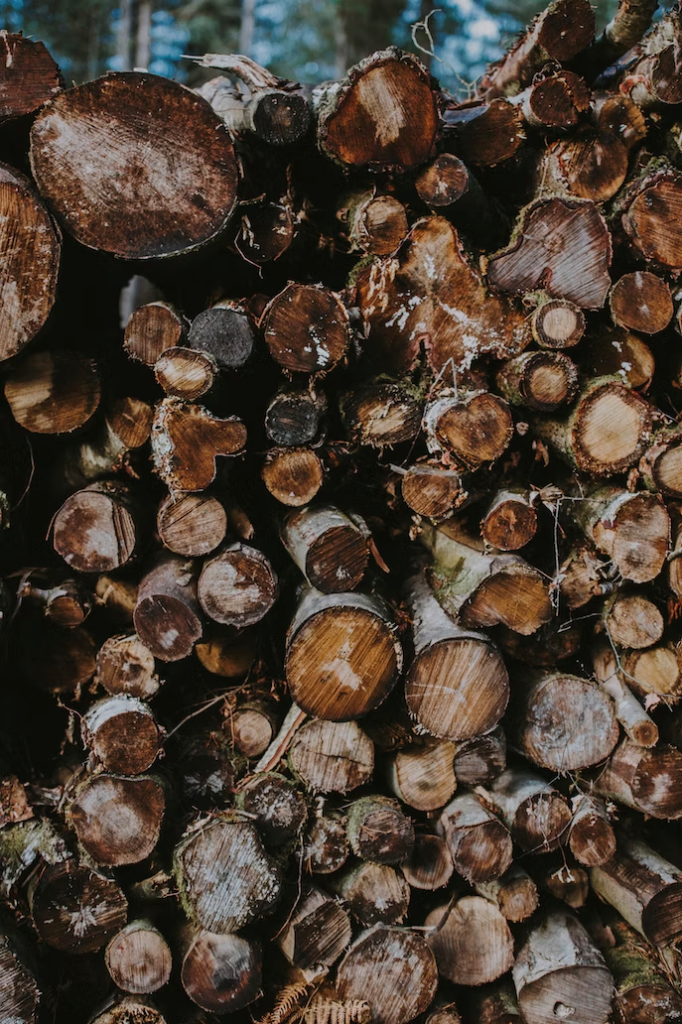
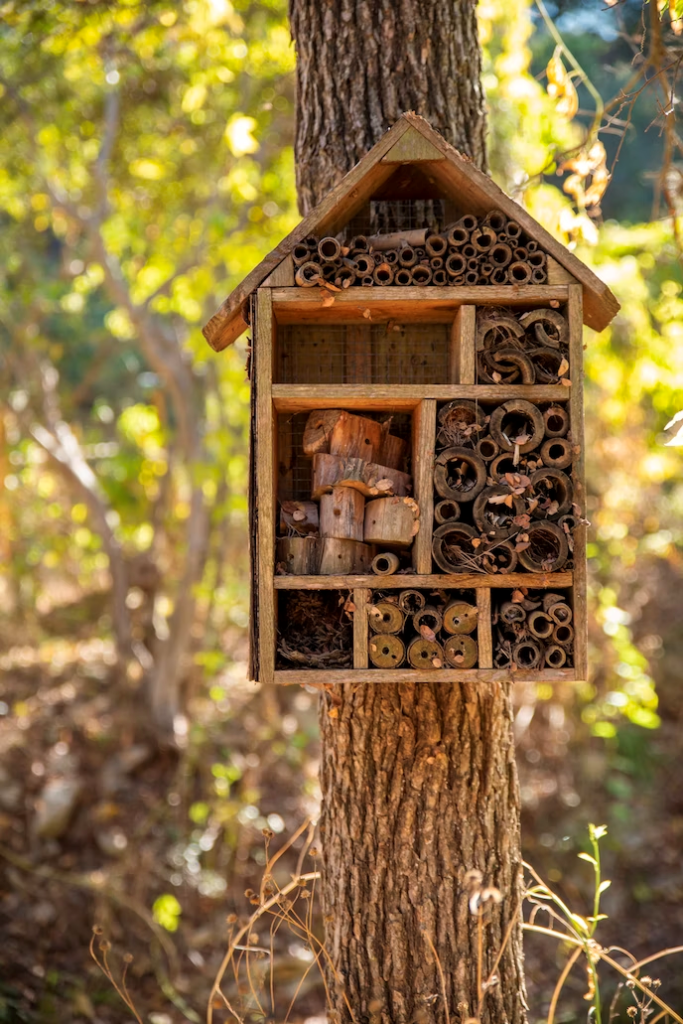
- Log piles. Stacking logs or branches in a corner of your garden creates a natural habitat for insects like beetles, centipedes, and spiders. As these logs decompose, they also provide nesting sites and food sources for various species.
- Stone piles. Arranging stones or rocks in your garden can create hiding places and breeding grounds for insects such as ladybugs, ground beetles, and lacewings. Stone piles also offer shelter for amphibians like frogs and toads, which help control slug and snail populations.
- Leaf litter. Leaving a layer of fallen leaves on the ground provides a home for insects like ground beetles and spiders while giving butterflies and moths a place to lay their eggs. Leaf litter also serves as a natural mulch that improves soil health.
- Insect hotels. Purpose-built insect hotels are structures made from materials like wood, bamboo, or bricks with holes drilled into them or hollow tubes bundled together. These hotels provide nesting sites for solitary bees and other pollinators while offering shelter for predatory insects like lacewings and ladybugs.
- Hollow plant stems. Leaving dead perennial stems standing in your garden during winter can provide shelter for overwintering beneficial insects such as ladybugs and hoverflies. Cutting the stems back in spring will make way for new growth while giving insects time to emerge from their winter hideouts.
Make sure to place shelters in different parts of your garden to maximize their effectiveness in attracting a diverse range of insects.
Provide Water Sources
All living creatures need water to survive, including insects. Providing water sources in your garden not only encourages these helpful creatures to visit but also helps them thrive and reproduce.
Here is how you create and maintain water sources that cater to the needs of various beneficial insects:
- Shallow dishes or plates. Place shallow dishes, saucers, or plates filled with fresh water in different areas of your garden. Adding a few small stones or pebbles will create landing spots for insects, making it easier for them to access the water without drowning.
- Birdbaths. Installing a birdbath in your garden can attract beneficial insects as well as birds, which also help control pests by feeding on insects. Choose a birdbath with a shallow, sloping edge to allow easy access for smaller insects.
- Drip irrigation system. Installing a drip irrigation system for your plants not only conserves water but also creates small pools of moisture that insects can drink from. This method can be particularly attractive to insects like bees and butterflies that prefer drinking from damp soil or foliage.
- Wet sand or mud. Some beneficial insects, like butterflies, engage in a behavior called “puddling,” where they extract nutrients from damp sand or mud while consuming water. Create a designated area in your garden with moist sand or mud to provide this essential resource.
- Plant hydration. Watering your plants early in the morning creates droplets on leaves and flowers that insects can drink throughout the day. This practice also benefits your plants by reducing water evaporation and ensuring they have adequate moisture during the hottest part of the day.
Ensure you change the water in dishes and birdbaths regularly to prevent mosquito breeding and maintain cleanliness. By providing accessible water sources throughout your garden, you’ll create an inviting space for beneficial insects, promoting a balanced and thriving ecosystem.
Build a Pond
A garden pond can attract a wide range of beneficial insects, such as dragonflies and damselflies, which prey on mosquitoes and other pests. Ponds also provide a habitat for frogs and other amphibians that eat slugs and snails.
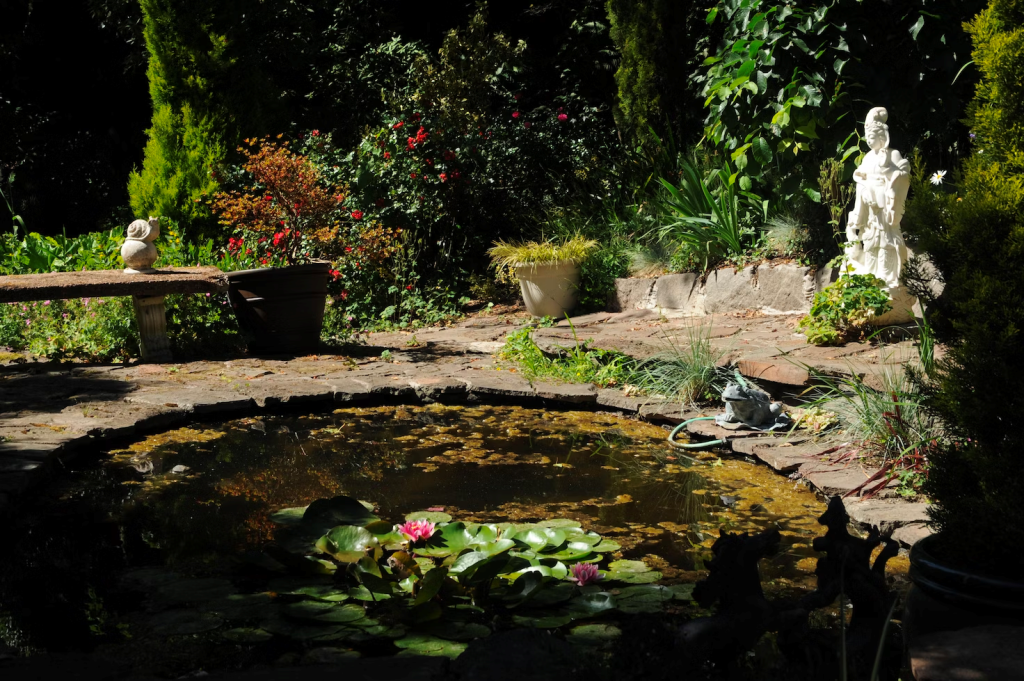
When building a garden pond, keep in mind the following guidelines:
- Vary the depth. When designing your pond, include shallow edges or sloping sides for easy access, allowing insects like dragonflies to lay their eggs in the water. Gradually increasing the depth will create different microhabitats for various aquatic creatures.
- Add aquatic plants. Incorporate a variety of aquatic plants to provide shelter, egg-laying sites, and food sources for insects and other wildlife. Submerged plants like hornwort oxygenate the water while floating species like water lilies offer shade and resting spots for insects. Emergent plants such as reeds and rushes provide excellent egg-laying sites for damselflies and dragonflies.
- Create a bog garden. Adjacent to your pond, consider creating a bog garden — an area with moist, nutrient-rich soil — to support moisture-loving plants and insects. This damp environment will attract butterflies seeking nutrients through puddling, as well as other beneficial insects like ground beetles.
- Provide hiding spots. Adding rocks or logs around the pond’s edge creates sheltered nooks for insects and amphibians to hide or bask in the sun. These structures also serve as stepping stones or perching spots for birds visiting your pond.
- Avoid fish or use native species. While adding fish to your pond might seem appealing, they can prey on insect larvae, reducing the populations of beneficial insects. If you wish to include fish, opt for native species that coexist naturally with local insects and plants.
- Maintain your pond. Regular maintenance is essential to keep your pond healthy and beneficial for insects and wildlife. Remove excess algae and dead plant matter, and monitor water levels to ensure they remain stable throughout the year.
Related: How To Drain And Fill In A Pond: A Complete Guide
Avoid Broad-Spectrum Pesticides
Broad-spectrum pesticides don’t discriminate; they kill both pests and beneficial insects. By avoiding these chemicals and opting for more targeted or natural pest control methods, you can help maintain a healthy balance of insects in your garden, promoting a thriving ecosystem.
For this reason, you first need to accurately identify the pest causing the problem before using any pesticide. And then choose a pesticide that targets that specific pest while minimizing harm to beneficial insects.
You can also adopt good gardening practices, like proper sanitation, crop rotation, and choosing resistant plant varieties to reduce pest populations and minimize the need for pesticides.
If you must use pesticides, choose organic or low-toxicity options like insecticidal soap, neem oil, or diatomaceous earth. Apply them sparingly and follow label instructions carefully to minimize harm to beneficial insects.
Monitor Your Garden’s Ecosystem
Regular monitoring of your garden is essential to detect any potential pest problems early and take appropriate action. Keeping a close eye on your plants and the insects that inhabit your garden allows you to maintain a healthy balance and prevent pest infestations from spiraling out of control.
Here are some tips for effectively monitoring and managing insects in your garden:
- Conduct routine inspections. Walk through your garden at least once a week, checking plants for signs of pest damage or the presence of beneficial insects. Look for holes in leaves, discoloration, or stunted growth that could indicate an issue with pests.
- Learn about common pests and beneficial insects. Familiarize yourself with the appearance and habits of both harmful and helpful insects in your area. This knowledge will help you identify which insects are present in your garden and determine if intervention is necessary.
- Track insect populations. Keep a record of the types and numbers of insects you find during your inspections. This information can help you spot trends, identify potential imbalances in your garden ecosystem, and decide when to take action against pests.
- Use non-invasive control methods first. If you discover a pest problem, opt for non-invasive control methods like using targeted organic treatments before resorting to harsh chemicals. This approach helps preserve beneficial insect populations while addressing the issue at hand.
- Be patient and observe. It’s important to remember that nature often takes time to restore balance. A sudden influx of pests could be followed by an increase in beneficial insects as they respond to the abundant food source. Give these natural processes time to unfold before taking drastic action.
By understanding and promoting the natural balance in your garden, you can reduce pest problems without resorting to harsh chemicals. Regular monitoring, coupled with informed decision-making, will ultimately lead to a flourishing and sustainable garden ecosystem.
The Bottom Line
Creating a garden that attracts and supports beneficial insects is a rewarding and environmentally friendly approach to maintaining a healthy ecosystem.
By implementing strategies such as planting diversely, employing companion planting, providing water sources, creating shelters, and monitoring your garden regularly, you can promote a sustainable environment that benefits both you and the local wildlife.
Embracing these natural methods of pest control not only reduces your reliance on harmful chemicals but also contributes to the preservation of our planet’s biodiversity.
So, go ahead, invite those helpful critters into your garden, and watch it thrive in harmony with nature!
Was it helpful?

Enamored with the world of golf Jack pursued a degree in Golf Course Management at THE Ohio State University. This career path allowed him to work on some of the highest profile golf courses in the country! Due to the pandemic, Jack began Inside The Yard as a side hustle that quickly became his main hustle. Since starting the company, Jack has relocated to a homestead in Central Arkansas where he and his wife raise cattle and two little girls.

